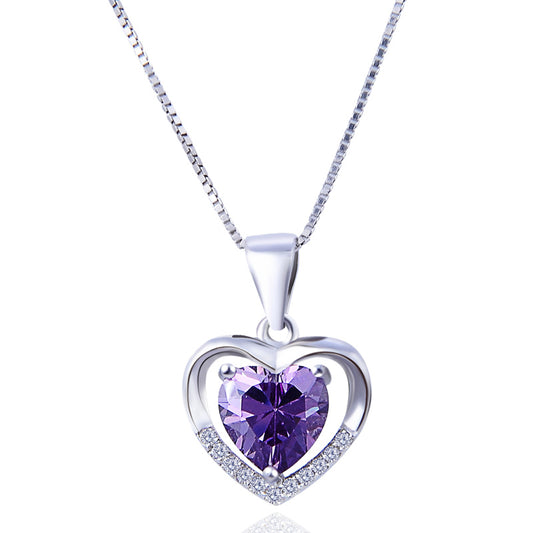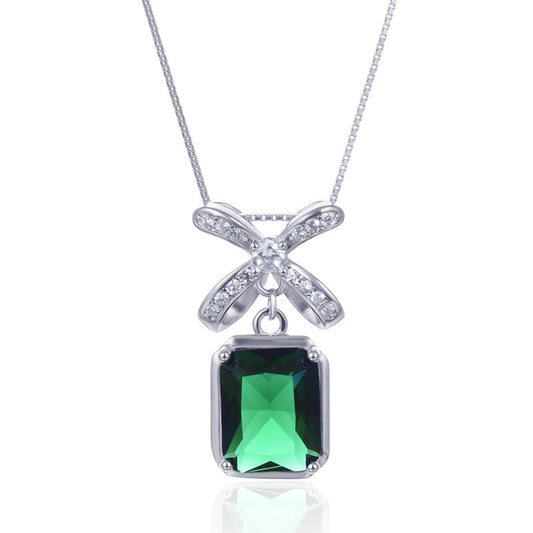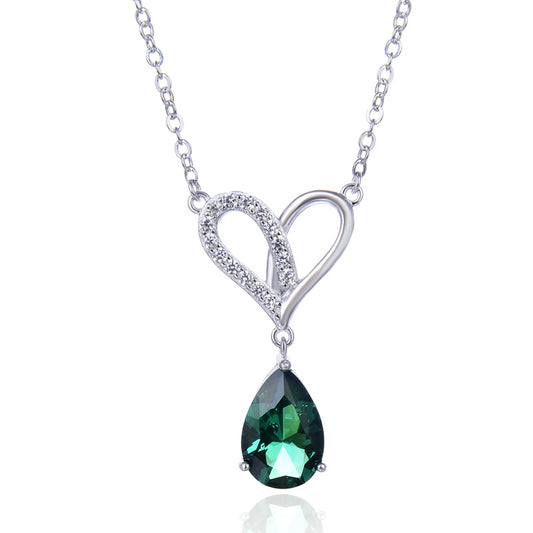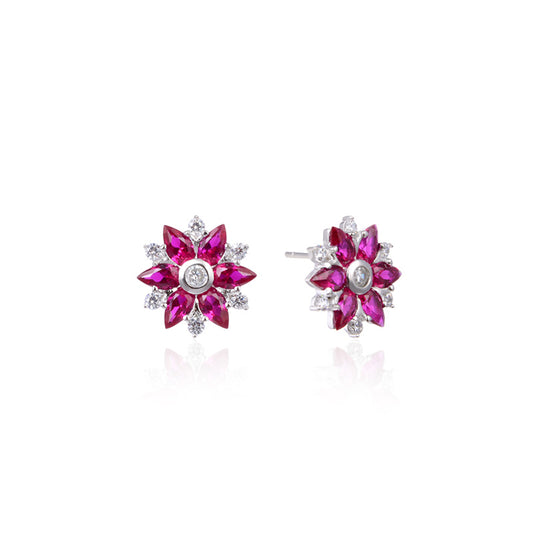What is the Color for International Women's Day?
As the world prepares to celebrate International Women's Day on March 8th, a question often arises: What is the color associated with this significant day? While the official color might not be universally agreed upon, purple has historically been strongly linked to the women's rights movement and is widely recognized as a symbol of International Women's Day.
The color purple was chosen due to its historical significance in the women's suffrage movement. In the early 20th century, purple, along with green and white, was adopted as the suffragettes' color scheme. These colors were chosen to represent the qualities and values of the movement: purple for dignity, green for hope, and white for purity. This color combination was often seen in banners, flags, and other visual representations of the suffragettes' cause.
Over time, purple has become increasingly associated with International Women's Day, serving as a powerful symbol of women's empowerment and equality. The color is often incorporated into events, campaigns, and social media posts to commemorate the day and celebrate the achievements of women worldwide.
On International Women's Day, organizations, businesses, and individuals worldwide use purple to show their support for gender equality and women's rights. This can range from wearing purple clothing, decorating offices or public spaces with purple accessories, or incorporating purple into social media campaigns and hashtags.
Beyond the visual representation, the color purple also carries deeper symbolic meanings. It represents the dignity and respect that all women deserve, regardless of their background, identity, or circumstances. It serves as a reminder of the progress that has been made in advancing women's rights and the work that still needs to be done to achieve gender equality.
In conclusion, while there might not be an official color designated for International Women's Day, purple has become a widely recognized and powerful symbol associated with the day. It represents the dignity, respect, and equality that all women deserve and serves as a reminder of the importance of continuing to advocate for women's rights and gender equality worldwide.
As we approach International Women's Day, let us remember the significance of this color and use it as a powerful tool to raise awareness and celebrate the achievements of women everywhere. By wearing purple, sharing purple-themed content on social media, or participating in purple-themed events, we can all show our support for gender equality and women's empowerment.
For more information on International Women's Day and its historical significance, visit International Women's Day. Together, let us use this day to celebrate the progress made and continue the fight for a more equal and inclusive world.
In addition to purple, other colors have also been associated with International Women's Day over the years. For instance, pink, a traditionally feminine color, is often used in celebrations and events to represent femininity, love, and care. Blue, on the other hand, has been adopted by some organizations to symbolize equality and the unity of all genders in the fight for women's rights.
However, it is important to note that the choice of color should not overshadow the real issues and challenges facing women worldwide. International Women's Day is a time to reflect on the progress made in advancing women's rights, celebrate the achievements of women in various fields, and call for action to address the barriers that still prevent women from achieving their full potential.
In this spirit, organizations and individuals worldwide are encouraged to use International Women's Day as an opportunity to take concrete actions that promote gender equality and women's empowerment. This can include supporting policies and initiatives that advance women's rights, challenging gender stereotypes and biases, or simply standing up and speaking out against any form of discrimination and violence against women.
Ultimately, the color associated with International Women's Day is less important than the message it conveys and the actions it inspires. Whether it's purple, pink, blue, or any other color, let us use this day to unite in our shared commitment to creating a more equal, inclusive, and empowered world for all women.
As we mark International Women's Day, it is also worth noting that the fight for gender equality is far from over. Despite significant progress in some areas, women and girls continue to face widespread discrimination, violence, and inequality in many parts of the world. This makes the need for continued advocacy and action even more urgent.
In conclusion, International Women's Day is a time to celebrate the achievements of women, reflect on the progress made, and renew our commitment to the fight for gender equality. While purple might be the color most commonly associated with this day, the true spirit of the celebration lies in the actions we take and the values we uphold. Let us use this day to come together, raise our voices, and take bold steps towards a more equal and empowered future for all.








